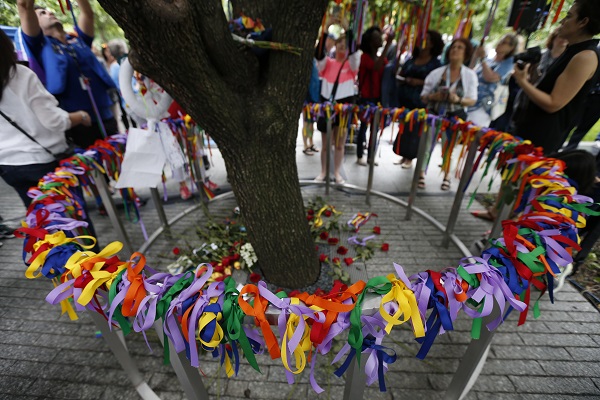Sharing the Memorials Registry is a series devoted to highlighting the diverse ways in which individuals and communities commemorate the 9/11 victims through the creation of public memorials. Learn more at the 9/11 Memorial & Museum’s Memorials Registry, which tracks 9/11 Memorials throughout the world.
“Postcards” is a memorial honoring the 263 Staten Island residents killed in the September 11 attacks and 1993 World Trade Center bombing. Adjacent is a separate memorial to 73 Staten Island first responders who have died in recent years from exposure to toxic substances at the WTC site in the aftermath of 9/11.
The designer, architect Masayuki (Masa) Sono, told me he wanted an idea that was “not about design or architecture or religion or politics,” but a “motif from daily life.” In his words:
It originates in a desire to create a place that connects the victims back to us. It is conceived as two enlarged postcards symbolizing personal communications between loved ones. They are folded to reflect the messages being personal, and its abstract quality to inspire people to find different meanings into it.
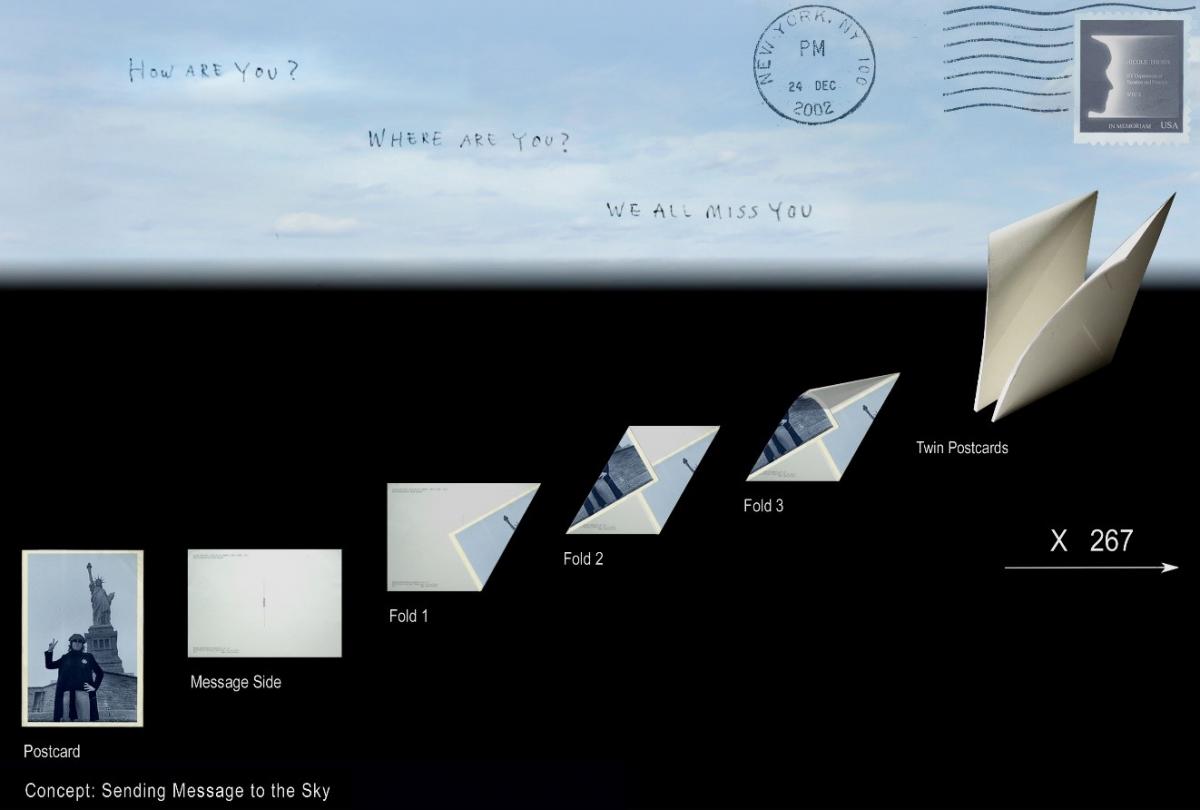
Photo courtesy of Masa Sono.
Masa told me that the design grew from his life, communicating with friends and family in Japan and using the art of origami paper folding. The realized memorial takes your breath away.
In Masa’s words, on his company website:
The walls are set to view the axis that once connected the Staten Island community and Twin Towers across the harbor. They open towards water … and sky in elevation, creating a space with sense of privacy and liberation.
Up close, the victims are memorialized on the individual postcards. As Masa explains:
Each Staten Islander is honored with their unique profile silhouette, name and other facts…Recessed light shafts behind each profile create depth and movement…allowing…light to pass through to highlight their silhouettes. All look across the harbor…as peaceful reminders of the past and hope for the future.
This makes “Postcards” unlike any other of the more than 1,500 9/11 memorials around the globe. Using family photos, Masa and his team met and worked together with all the family members to draw the profiles.
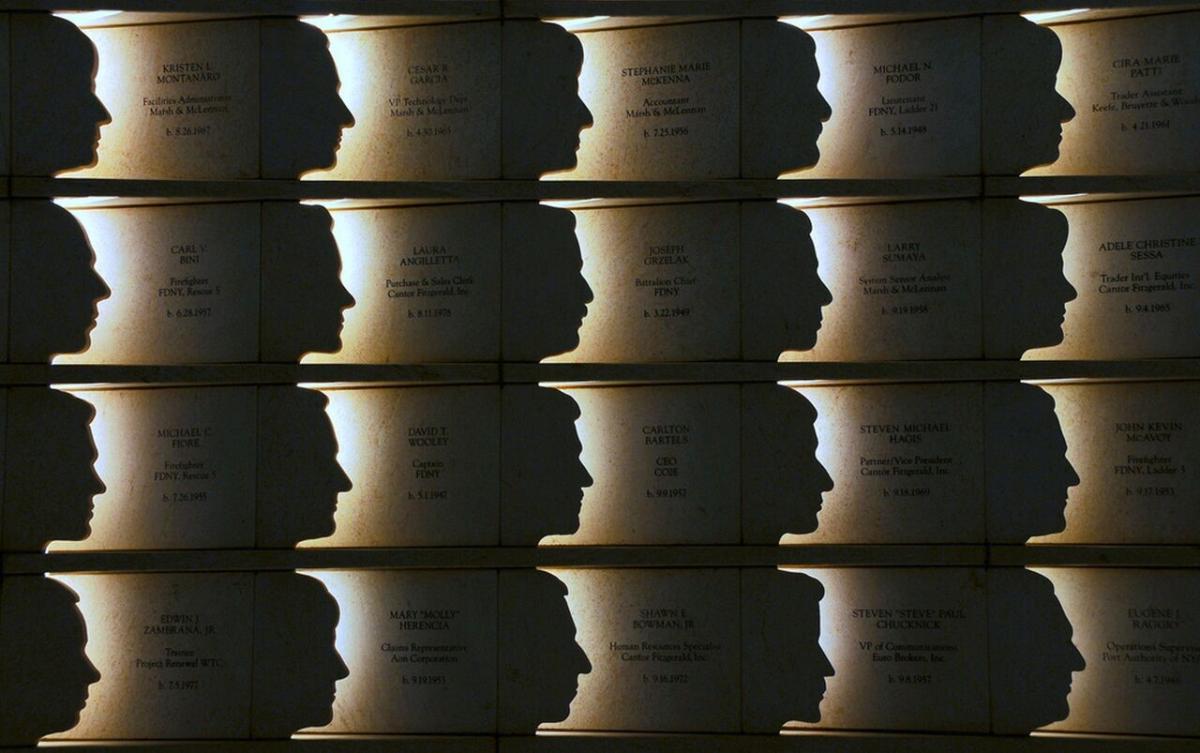 Photo courtesy of Suisho Moriguchi.
Photo courtesy of Suisho Moriguchi.
According to James Molinaro, former Borough President of Staten Island, "Maybe 60 percent of those of the people whose profile is here, their next of kin, their loved ones, didn't receive any remains. This is their cemetery."
The effect of standing between the walls can be quite powerful — some have experienced a kind of "oneness" with those who were lost represented in silhouettes as all look together toward the site of the missing towers. [Jeffrey Ochsner] "The Staten Island September 11 Memorial: Creativity, Mourning and the Experience of Loss"
To learn more, see Jeffrey Ochsner’s chapter “The Staten Island September 11 Memorial: Creativity, Mourning and the Experience of Loss," in Adele Tutter and Léon Wurmser’s “Grief and Its Transcendence: Memory, Identity, Creativity” published by Routledge.
By Lester J. Levine
Lester J. Levine is the author of “9/11 Memorial Visions: Innovative Concepts from the 2003 World Trade Center Memorial Site Memorial Competition,” (McFarland, 2016). Visit the 9/11 Memorial & Museums Registries to learn more or to submit a memorial from your community.
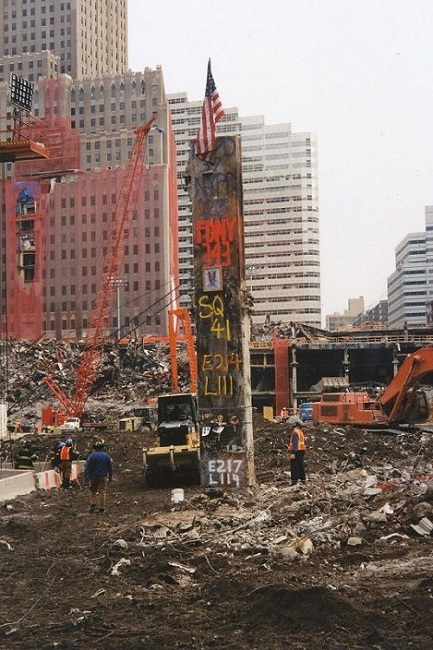
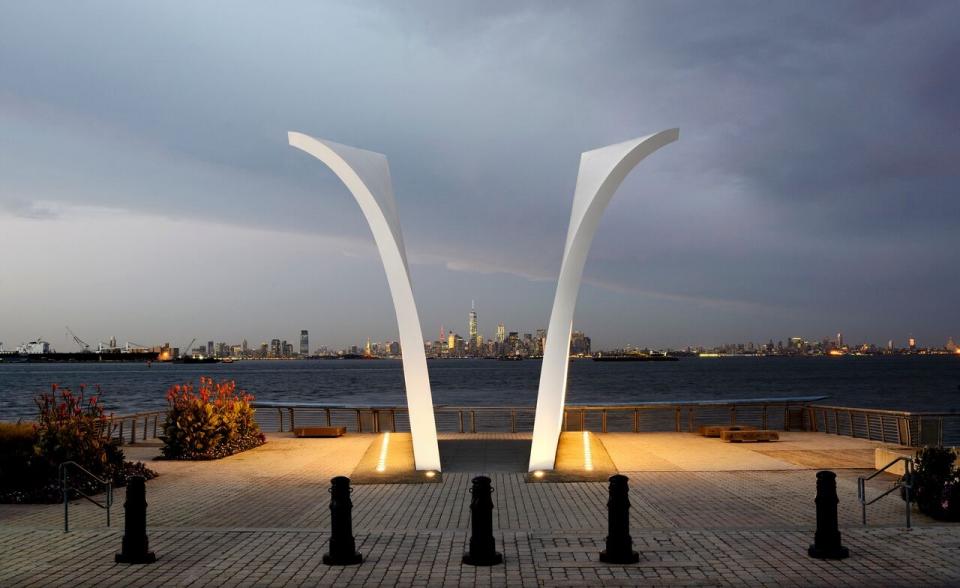

 Photo courtesy of Suisho Moriguchi.
Photo courtesy of Suisho Moriguchi.